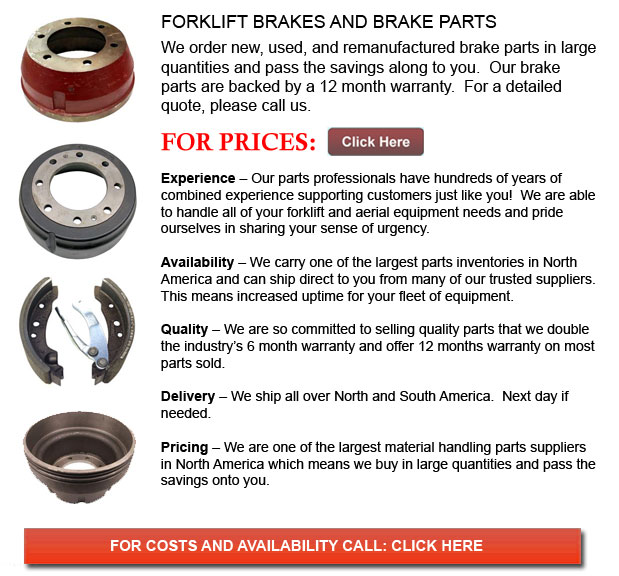
Brake for Forklift - A brake drum is where the friction is supplied by the brake pads or brake shoes. The pads or shoes press up against the rotating brake drum. There are a few different brake drums types along with certain specific differences. A "break drum" would normally refer to if either shoes or pads press onto the interior exterior of the drum. A "clasp brake" is the term used so as to describe whenever shoes press against the outside of the drum. One more type of brake, known as a "band brake" makes use of a flexible band or belt to wrap around the exterior of the drum. If the drum is pinched in between two shoes, it can be known as a "pinch brake drum." Similar to a typical disc brake, these kinds of brakes are rather uncommon.
Prior to nineteen ninety five, early brake drums required consistent modification regularly so as to compensate for drum and shoe wear. Long brake pedal or "Low pedal" travel is the hazardous outcome if adjustments are not executed sufficiently. The motor vehicle can become dangerous and the brakes can become useless whenever low pedal is combined together with brake fade.
There are quite a few different Self-Adjusting systems meant for braking presented these days. They can be classed into two separate categories, the RAI and RAD. RAI systems are built in systems that help the apparatus recover from overheating. The most well known RAI manufacturers are AP, Bendix, Lucas, and Bosch. The most famous RAD systems include Ford recovery systems, Volkswagen, VAG, AP and Bendix.
Self-adjusting brakes generally utilize a device that engages only when the motor vehicle is being stopped from reverse motion. This stopping technique is acceptable for use where all wheels make use of brake drums. Nearly all vehicles these days make use of disc brakes on the front wheels. By functioning only in reverse it is less likely that the brakes will be adjusted while hot and the brake drums are expanded. If tweaked while hot, "dragging brakes" could happen, which raises fuel consumption and accelerates wear. A ratchet device that becomes engaged as the hand brake is set is another way the self adjusting brakes may operate. This means is only appropriate in applications where rear brake drums are utilized. If the parking or emergency brake actuator lever exceeds a specific amount of travel, the ratchet developments an adjuster screw and the brake shoes move toward the drum.
Located at the bottom of the drum sits the manual adjustment knob. It could be adjusted making use of the hole on the opposite side of the wheel. You will have to go under the vehicle utilizing a flathead screwdriver. It is really significant to adjust each wheel equally and to move the click wheel correctly for the reason that an unequal adjustment could pull the vehicle one side during heavy braking. The most effective method so as to ensure this tiresome job is accomplished safely is to either lift every wheel off the ground and hand spin it while measuring how much force it takes and feeling if the shoes are dragging, or give each one the same amount of clicks using the hand and then do a road test.
![]() Click to Download the pdf
Click to Download the pdf
Forklift Parts
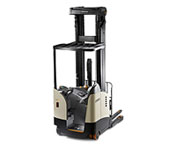
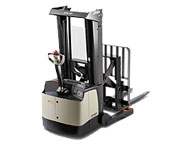
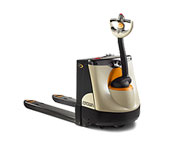
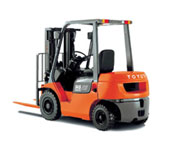
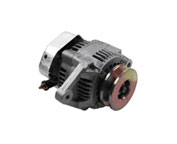
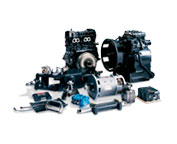
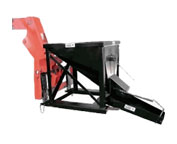
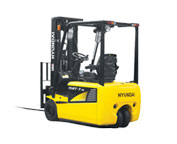
Lift Parts Express
TOLL FREE: 1-888-695-7994
LOCAL: 707-324-0194
1007 WEST COLLEGE AVE 180
Santa Rosa, California
forkliftpartssantarosa.com
Email Us
About Us


